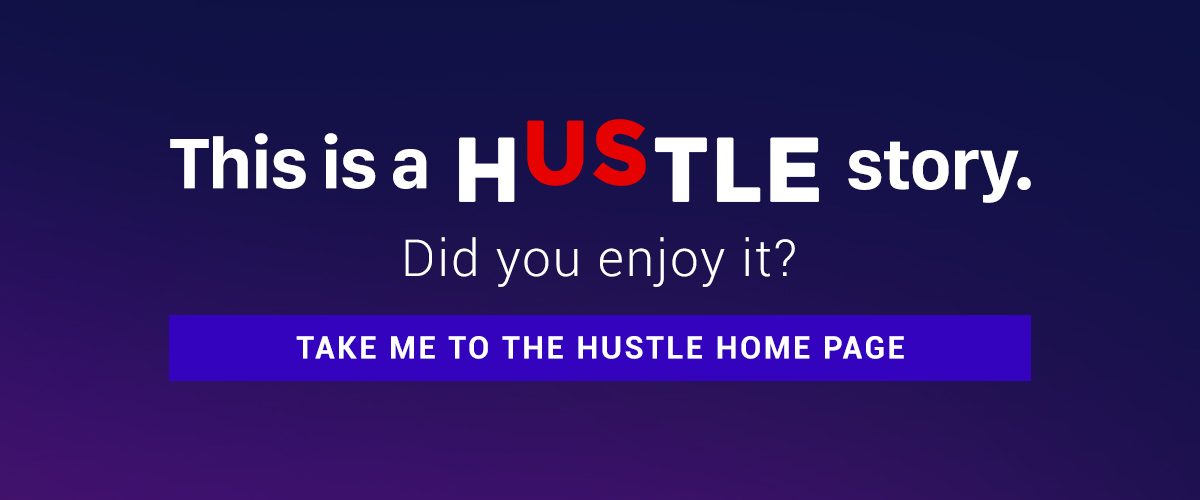SUMMARY
This is AI generated summarization, which may have errors. For context, always refer to the full article.


There’s something unreal about 2020. Just when you think things are settling down, somehow, as if there’s a giant scriptwriter in the sky, another plot twist comes.
Things feel like the myth of Pandora – how, with the opening of a box, she unleashed a wave of misery and a number of unspecified evils unto the world. Often the “moral” of the story is that, after everything, Pandora finds hope lying in the box. Thus, keeping it alive, forever benefitting humanity.
Some literary scholars would argue that hope – as it was in the box with other evils in the first place – is also just another form of torture, there to prolong “the torment of men.”
But I’d like to believe in the former, I’d like to believe in hope.
Understanding hope
To clarify (and to get this out of the way), hope is not and should never be positivity for the sake of positivity.
According to human rights strategist and global communications expert Thomas Coombes in the June 8 episode of the communication for social change podcast, Give a Hoot, “Hope is not about being happy or positive and ignoring the bad things that are happening. It’s the belief that tomorrow can be better, and it requires action.”
This idea of hope being a guiding light, an instrument for advancement, is discussed at length by Luc Bovens in his journal article “The Value of Hope.” In it, he talks about hoping as not just an “idle fantasy.” Hope keeps the brain focused, pushes it towards a goal, an action. And even if action isn’t possible, it engenders new constitutive hopes. Meaning, hope springs forth new hopes.
Bovens highlighted the power of hope through Martin Luther King’s “I Have A Dream” speech. Dr. King used “mental imaging” to present his vision of the future, an alternative to what people in the ‘60s saw as their inescapable present. This is, in turn, mobilized millions in the fight for black rights – a battle waged until today.
Anger is the spark, but hope is the fuel
But really?!? Hope in times like these?!?!
Feeling angry about what’s happening is a – if not the – natural emotion in times of crisis. However, there must be a concerted effort to see past the rage. (READ: ‘Worst year ever’: Managing your anger in 2020)
“Anger is the spark that starts the engine, but hope is the fuel that keeps it moving,” Coombes said in the same podcast. He said that lasting, tangible change is brought about by moving the narrative away from being about fear and anger and instead into one that is based on hope.
“There’s always a space for anger, but in the long-term, anger can really lead to despondency. It saps energy and leaves people disappointed and tired. The strategy of authoritarian leaders is actually to encourage anger,” he said.
Neuroscientists and psychologists describe a concept called “mortality salience.” In a nutshell, it’s the continuous thinking of one’s death. This heightens anxiety. From this constant fear, defense mechanisms are triggered, which research suggests can drive people into more conservative worldviews – including deep attachment to nationalism, religion, and authoritarianism.
However, with proper communication, another psychological response can be triggered during times of stress and heightened anxiety, a threat response called “tend-and-befriend,” which is about seeking out and protecting social groups. Basically, it’s the instinct to help one another. (Some are even attributing the rise of Animal Crossing during this pandemic to this behavior.)
Hope-based communications
Yes, communicating hope in the goal of creating change is easier said than done. It may require a whole paradigm shift.
“Hope is not necessarily what I was brought up to think journalism is about,” said veteran journalist Roby Alampay in the same episode of the Give a Hoot podcast. He believed that journalism’s “most optimistic side” was its trust in the audience. Trust that they would think critically and make the right decisions given the proper information. However, he noted that, even without pushing an agenda, as an editor, he has observed the increasing need for content that gives reasons and reassurances towards a better tomorrow.
Coombes suggested 3 steps to work hope in the foundation of crisis communications.
-
Talk about community, not crisis. As mentioned earlier, sowing fear will give authoritarians more power. Your choice of words can contribute to this.
Instead of highlighting the crisis of it all, bank on how this is, as described by Coombes, “a moment that we’re living through together.” He cites Wuhan, where human rights activists encouraged each other with the words jiayou (don’t give up), and Italy, where children wrote andrà tutto bene (“everything will be all right”) on walls and streets.
While it’s important to highlight what is going wrong to elicit accountability, there should also be the encouragement that things can get better.
-
Focus on collective action. Give people agency by making them part of the narrative, how what they can do can lead to greater action beyond themselves. For example, with COVID-19, telling people “don’t go out, so you wouldn’t get sick” is not as effective as telling people to “stay home, and save lives.”
Highlight our interdependence. Even when groups may be using this as an opportunity to silence and limit human rights, tell stories of solidarity and togetherness, show examples of what can come about actual empathic collective action – from acts of bayanihan to singing and cheering from afar, to mobilizations in support of vulnerable sectors of society.
-
Show how the world can be better in the future. According to Coombes, “our actions should reflect the narrative, as well as the actual change that we want to see in the world.”
Known thought leaders and experts have expressed similar views. Arundhati Roy has highlighted how this pandemic can be a “portal to another world.” Yuval Harrari, on the other hand, has spoken about this moment as a chance to forge a “path of global solidarity.”
One way we could highlight the possibility of a better tomorrow is by celebrating effective responses, actions built on empathy and care. For example, in government, Jacinda Arden’s public policies lead to zero active cases of COVID-19. Set the mental image, share with people “the dream.”
In these trying times, hope is the light in us. Because the path does get dark. – Rappler.com

Add a comment
How does this make you feel?
There are no comments yet. Add your comment to start the conversation.